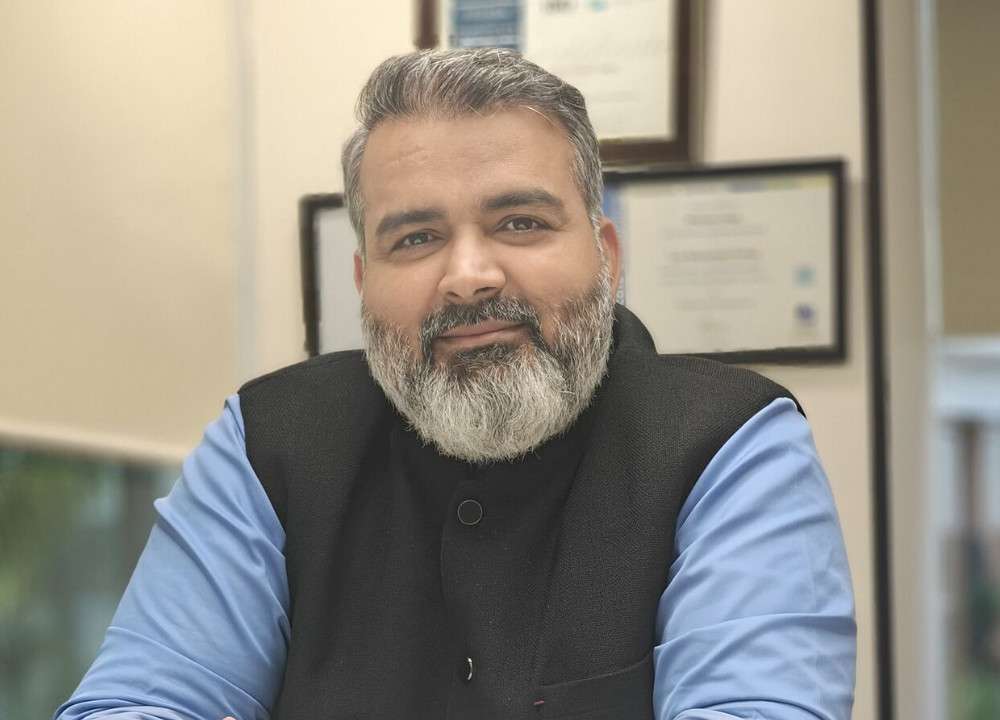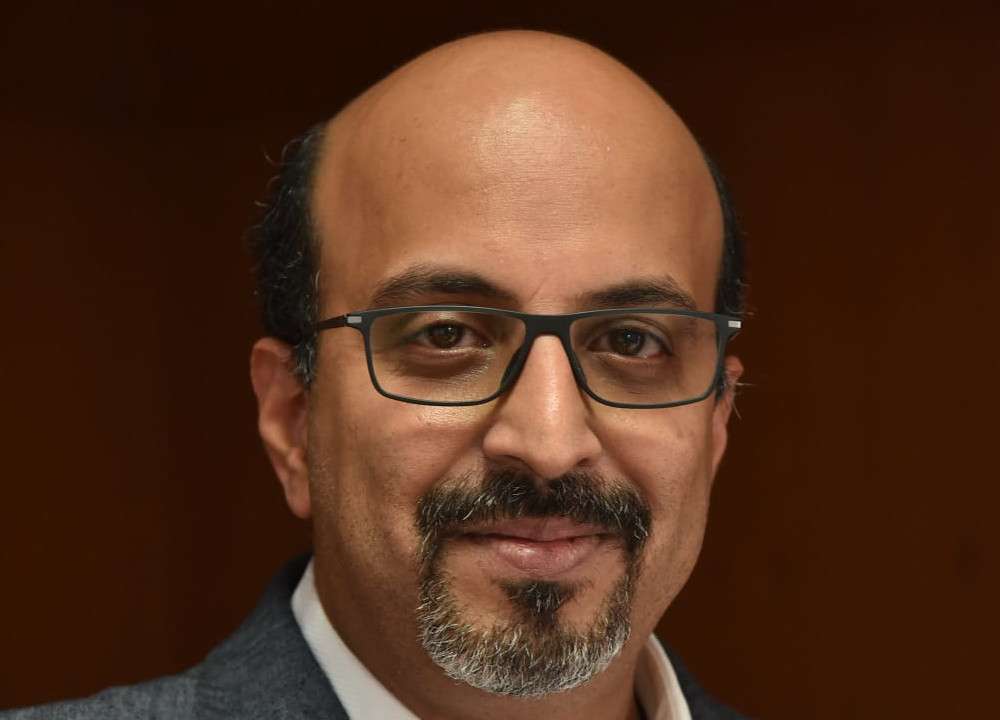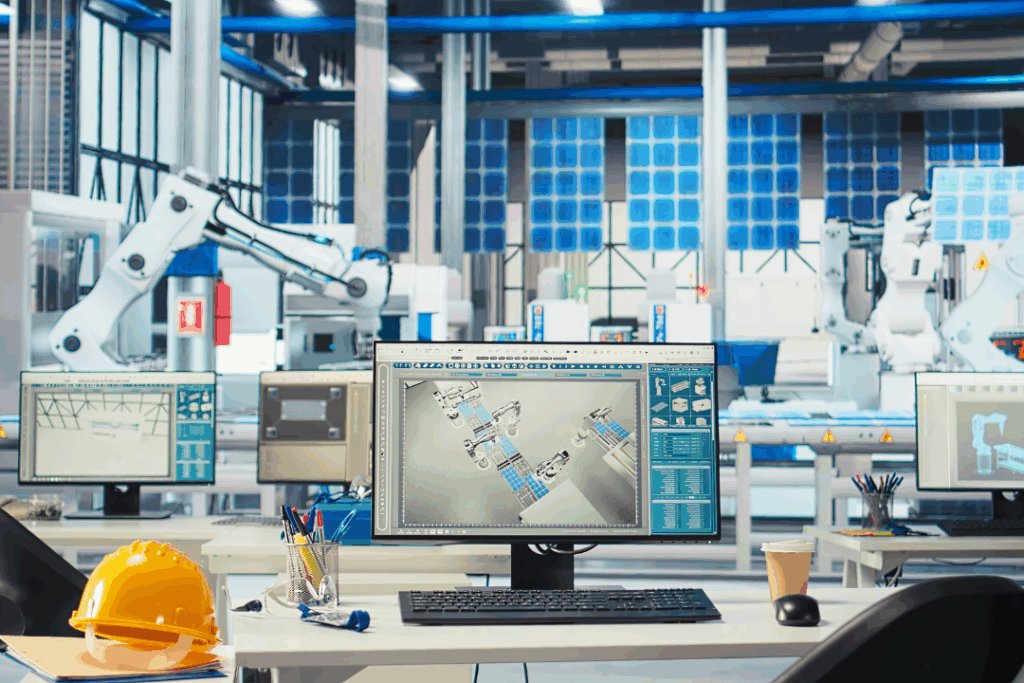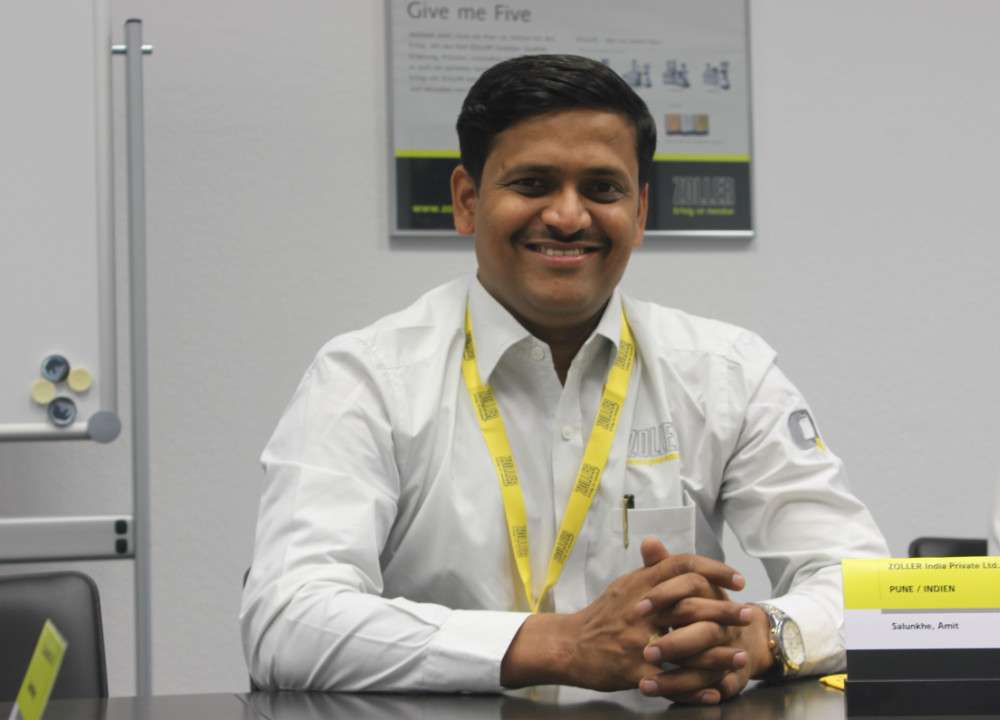Fueled by surging domestic demand, government-backed Production-Linked Incentive (PLI) schemes, and shifting global supply chains, India is rapidly emerging as a new hub for manufacturing, technology design, and innovation. At the heart of this transformation are electronica India and productronica India, South Asia’s leading trade fairs hosted by Messe München India, a subsidiary of one of the world’s foremost trade fair organisers.
With global supply chains realigning and backed by PLI incentives, as well as booming domestic consumption, the nation is witnessing a strategic shift toward becoming a design-led, innovation-first electronics hub. The momentum reflects India’s ambition to move beyond being just a cost-competitive location to becoming a global centre for innovation and high-value manufacturing. electronica India and productronica India, under the banner of Messe München India, a subsidiary of Messe München GmbH, have evolved into must-attend platforms for stakeholders, driving collaborations, showcasing technologies, and setting the agenda for the future of electronics and semiconductors in India.
In an exclusive conversation, Bhupinder Singh, President of IMEA and CEO of Messe München India, discusses the strategic importance of the upcoming fairs, their connection to the India Semiconductor Conclave, and how they are accelerating India’s ambition to emerge as a global electronics powerhouse.
Opportunities Span Across the Entire Electronics Spectrum
India’s electronics sector is expanding at an unprecedented pace, with demand surging across mobile devices, IT hardware, consumer and automotive electronics, industrial applications, and renewable energy systems. The rise of the EV ecosystem and IoT-led innovation is opening entirely new horizons, making the industry one of the most dynamic pillars of India’s growth story.
“Opportunities today extend far beyond traditional electronics,” Bhupinder Singh explains. “We are looking at semiconductor fabs, component localisation, advanced packaging, display technology, battery management, EV infrastructure, and smart factories. At the same time, the Electronics Components Manufacturing Scheme (ECMS) is boosting passive component manufacturing—a critical step in building a resilient, end-to-end domestic supply chain.”
Government-led initiatives, such as the Production-Linked Incentive (PLI) schemes, the India Semiconductor Mission, and incentives for display manufacturing, are driving investments across consumer and automotive electronics (including EVs and ADAS), renewable energy, and telecom (5G and beyond). Meanwhile, the adoption of Industry 4.0, AI integration, and sustainability practices is redefining manufacturing. Equally important is the emergence of startups and deep-tech ventures that, in Bhupinder Singh’s words, are “accelerating India’s journey to self-reliance through their agility and innovation.”
Against this backdrop, electronica India and productronica India have become more than exhibitions. “Our platforms have evolved from niche component shows into comprehensive ecosystems representing the entire electronics and semiconductor value chain,” Bhupinder adds. “They not only showcase cutting-edge technologies but also enable partnerships, unlock investments, and integrate India more deeply into global supply chains.”
Our Knowledge Platforms Are Designed to Bring the Right Communities Together
Over the years, the trade fairs have expanded beyond exhibition halls into powerful knowledge-sharing ecosystems. Platforms like Embedded NEXT Arena, e-Future, e-Mobility, India PCB Tech, and the Smart Factory Revolution Conference address the industry’s focused needs while driving dialogue across critical domains.
“These forums are designed to bring together the right communities,” Bhupinder explains. “Embedded NEXT Arena connects the embedded systems community with leaders in IoT, automation, and consumer electronics, while the e-Future Conference explores frontier technologies such as AI, edge computing, and quantum electronics. Similarly, the e-Mobility Conference spans the full EV spectrum—from semiconductors and power electronics to charging infrastructure and battery systems.”
Conferences such as India PCB Tech strengthen the foundation of electronics manufacturing by uniting policymakers and innovators in the PCB domain. At the same time, the CEO Forum facilitates high-level strategic discussions on investments in the ESDM sector. The Smart Factory Revolution Conference focuses on unlocking the potential of Industry 4.0, robotics, and connected systems for next-generation electronics production. Complementing these forums, a dedicated podcast series brings industry voices directly to stakeholders, offering insights into current and upcoming trends.
“Through these curated forums, every stakeholder—be it an MSME, startup, or multinational—finds the right opportunities to connect, learn, and grow,” Bhupinder Singh emphasises.
Our Strategy Rests on Three Pillars
The ESDM sector is evolving rapidly, shaped by shrinking innovation cycles and geopolitics-driven supply chain realignments. For electronica India and productronica India to remain relevant, Messe München India has built its strategy around agility.
“Our strategy rests on three pillars—constant market intelligence, stakeholder engagement, and proactive curation,” Bhupinder explains. “We work closely with policymakers, industry leaders, startups, and academia to identify emerging priorities such as supply chain resilience, design-led manufacturing, AI adoption, and sustainability. These insights shape our exhibitions, pavilions, and conferences.”
Looking ahead, Bhupinder reveals a significant development: “From 2026, electronica India and productronica India will be hosted annually in both North and South India. This dual-edition format will deepen engagement, ensure faster access to technologies, and enhance nationwide supply-chain resilience—reflecting the scale of India’s fast-growing electronics industry.” He adds, “Our role is not just to mirror market shifts but to actively shape the ecosystem by fostering collaborations that lead to tangible outcomes.”
The India Semiconductor Conclave Is Building the Missing Link
Among the highlights of the trade fairs is the India Semiconductor Conclave, a platform designed to address the most critical gap in India’s electronics value chain, the domestic semiconductor ecosystem. “The Conclave brings together chipmakers, fabless design firms, equipment suppliers, policymakers, and OEMs under one roof,” Bhupinder Singh says. By enabling collaboration across upstream and downstream players, the Conclave creates synergies across automotive, consumer electronics, telecom, and renewable energy sectors.
It also serves as a launchpad for technology transfer, investment, and research and development partnerships. “The India Semiconductor Conclave aligns government vision with industry execution and positions India as a credible global contender in the semiconductor domain,” Bhupinder adds.
This year’s edition of electronica India and productronica India is set to be the largest ever. Over three days, the platform will bring together over 55,000 visitors, 6,000 global brands, and five country pavilions spread across 60,000 square meters of exhibition space. With over 2,000 structured buyer-seller meetings, six concurrent conferences, and more than 30 knowledge sessions featuring 200+ speakers, the scale is unmatched. Professionals from 50+ countries are expected to participate, making it a truly global platform.
Bhupinder Singh believes this growth reflects a larger trend: “The scale reflects the confidence that global and domestic players have in India’s electronics growth story. It shows that the world is not just watching India—it is actively investing in its rise as a global hub.”
If You Are Part of the Ecosystem, This Is the Place to Be
For professionals, decision-makers, and innovators, Bhupinder Singh is unequivocal: electronica India and productronica India are not to be missed. “These trade fairs are growth accelerators,” he says. They bring together the entire value chain from chip design and component sourcing to production equipment and testing solutions under one roof. The events attract government officials, global OEMs, MSMEs, startups, and investors, creating a space where policies translate into business outcomes.
The results speak for themselves. “Several MSMEs have secured multi-year supply contracts directly from our show floor,” Bhupinder shares. “We also champion local suppliers by connecting them with international buyers, strengthening India’s global competitiveness.”
His message to the industry is clear: “If you are part of the electronics, semiconductor, or manufacturing ecosystem, electronica India and productronica India are the definitive platforms to connect, collaborate, and create the future.”





